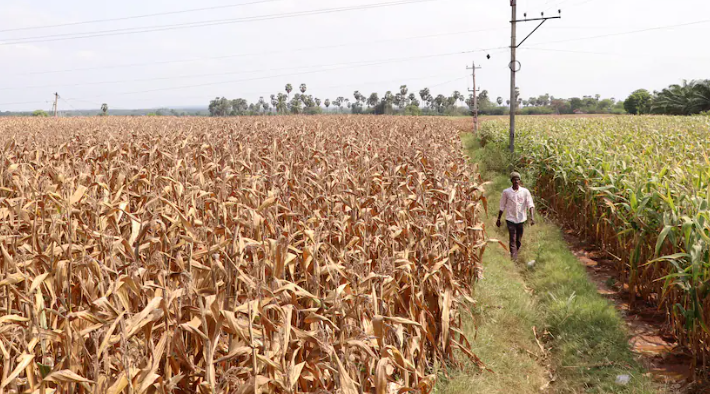India’s $48 Billion Input Subsidy for Power and Agriculture: Balancing Act or Trade Distortion? (GS Paper 3, Economy)

Introduction
- The allocation of a substantial $48 billion input subsidy by India to bolster its agricultural sector has ignited a global discourse, drawing scrutiny and concerns from prominent nations within the World Trade Organization (WTO).
- This financial aid, aimed at facilitating crucial components such as power, irrigation, and fertilizer for farmers, has sparked debates regarding its implications on international trade dynamics and domestic agricultural sustainability.
Background of the Dispute
1. International Concerns:
- During the 2022–2023 meetings of the WTO, major economies including the US, EU, UK, and others expressed apprehensions regarding India’s extensive subsidies for farmer inputs.
- The magnitude of these subsidies, amounting to $48 billion, raised eyebrows as they surpassed India's reported trade-distorting aid in the preceding fiscal year.
2. Farmers’ Socioeconomic Context:
- The 2015-16 Agriculture Census highlighted that a vast majority, 99.43%, of farm holdings in India belong to individuals with low incomes or limited resources, emphasizing the critical role of subsidies in supporting livelihoods.
WTO Rules and Developing Countries’ Flexibilities
1. Article 6.2 of the WTO’s Agreement on Agriculture:
- Emerging economies like India are afforded greater flexibility under Article 6.2 to provide subsidies for essentials like fertilizers, irrigation, and power to support their agricultural communities.
- While limits exist on certain forms of farm support under the Aggregate Measurement of Support (AMS), subsidies for inputs enjoy exemptions, allowing developing countries to extend vital assistance to their farmers.
2. India’s Justifications and Call for Transparency:
- India attributed the escalation in subsidy spending to factors such as inflation and mounting fertilizer costs.
- In response to calls for transparency, India asserted its compliance with WTO requirements, asserting that it has provided all necessary information regarding subsidies.
Understanding Aggregate Measurement of Support (AMS)
1. Role in WTO’s Agricultural Trade Regime:
- The Aggregate Measurement of Support (AMS) is a pivotal component of the WTO’s Agreement on Agriculture, facilitating the assessment of support extended to agricultural goods, including subsidies.
- Its primary objective is to regulate domestic support mechanisms, urging countries to gradually reduce support levels to mitigate trade distortions.
2. Exemptions and Focus Areas:
- Certain nations, particularly emerging economies, benefit from higher AMS limits, enabling them to navigate agricultural policies conducive to their development goals.
- The AMS methodology excludes supports with negligible trade impacts, concentrating on measures significantly altering market dynamics.
Conclusion
- The discourse surrounding India’s substantial input subsidies underscores the intricate interplay between domestic agricultural welfare and global trade dynamics.
- While WTO regulations aim to strike a balance between fostering agricultural sustainability and preventing trade distortions, the divergent perspectives on India’s subsidy regime necessitate continued dialogue and transparency to navigate towards mutually beneficial solutions.
- As India navigates the complexities of agricultural policy, the global community awaits collaborative efforts to ensure a harmonious convergence of domestic imperatives and international trade obligations.


